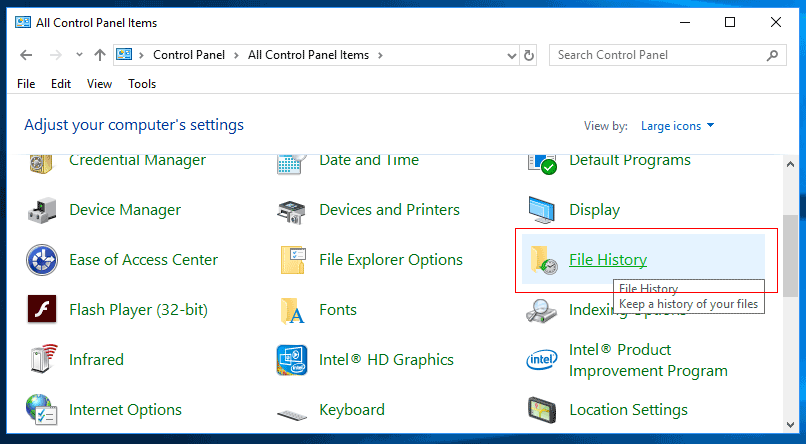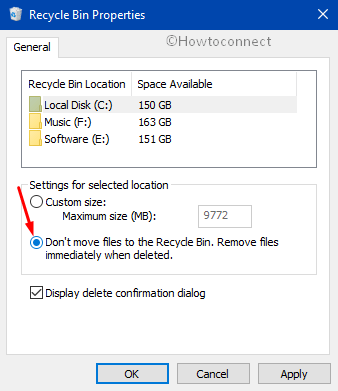



To further increase the efficiency of your computer, you may opt to pin specific files that are frequently accessed. If you’re working on multiple documents each day, this will save time when trying to find what you need to work with next. It also allows you to quickly open any one of those items again without having to go through the normal process for opening an item. The Recent Files menu is a simple, yet powerful and convenient Windows feature that enables quick access to your most recently used items. This article will show you how to go about it. The good news is that you can clear or turn off Recent Files in just a few clicks. But if you share your PC with your family, friends, or colleagues at work, you probably won’t be too comfortable sharing what you’ve been working on with everyone. You don’t have to open specific folders to view the files you opened last. You’ll be able to quickly carry on from where you left off before you last shut down your device. If you’re the sole user of your PC, you’ll probably find this quick access folder quite convenient.


 0 kommentar(er)
0 kommentar(er)
